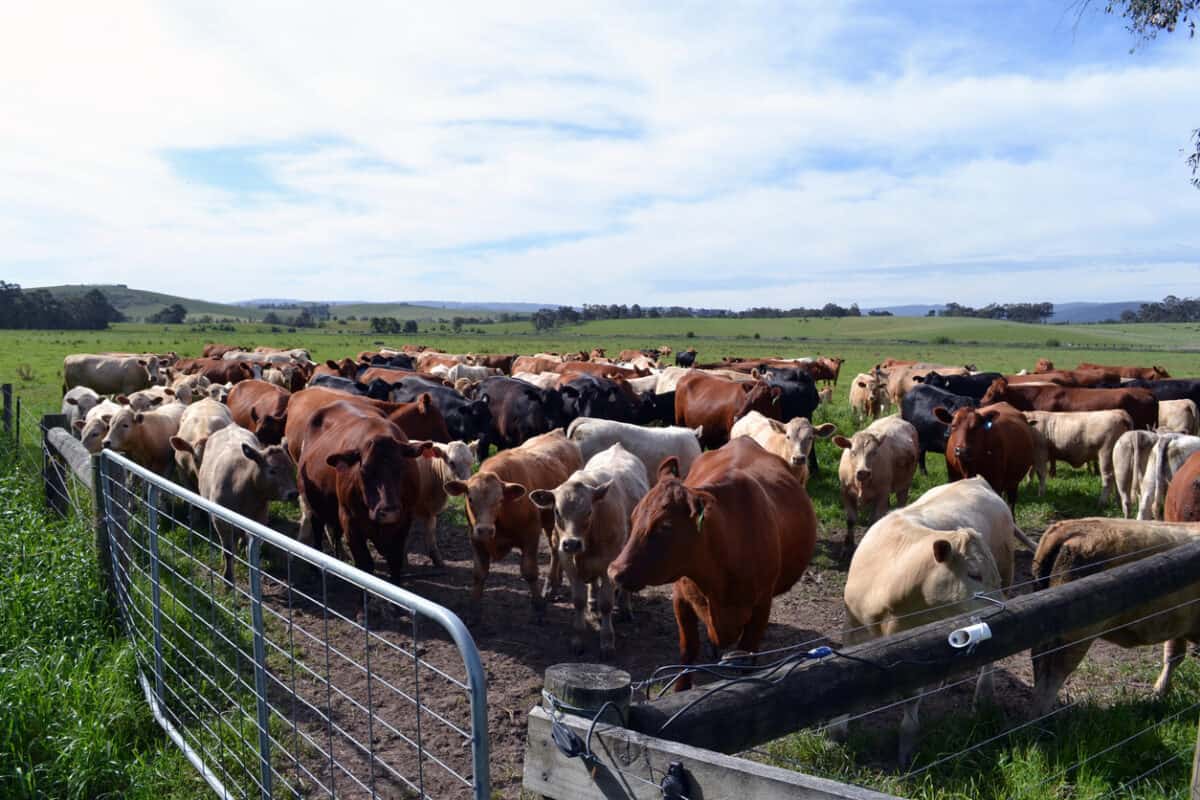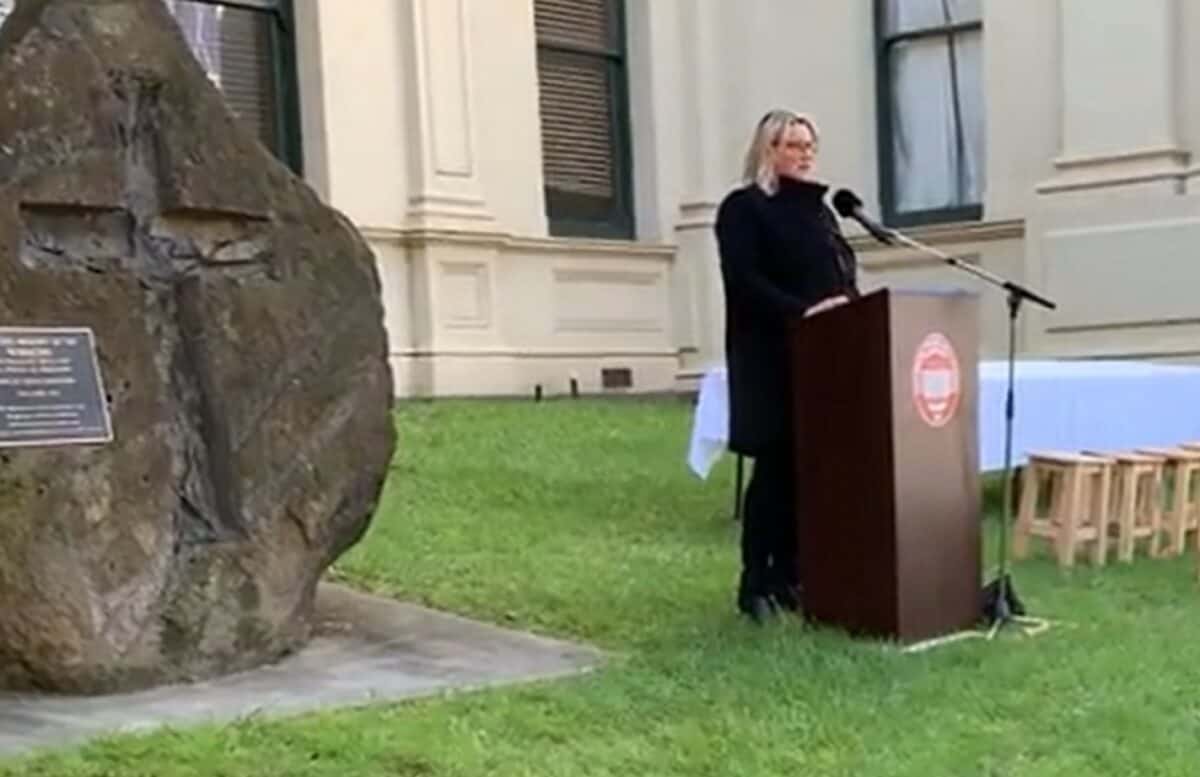Most of Australia’s media has cooled its reporting on the sexual harassment law reforms championed by the Sex Discrimination Commissioner, Kate Jenkins. Partly this relates to revised laws being proposed in Parliament later this year and that are currently subject to a Senate Committee Inquiry. The media coverage on the proposed laws and the senate inquiry has been thin with only the Australian Financial Review (AFR) giving it any serious attention.
However, research reports on sexual harassment in Australian workplaces continue to appear and the transcripts of the Senate Committee’s public hearings are publicly available, as are the submissions made by, primarily, business and law organisations. What is missing is the involvement of the occupational health and safety profession.







